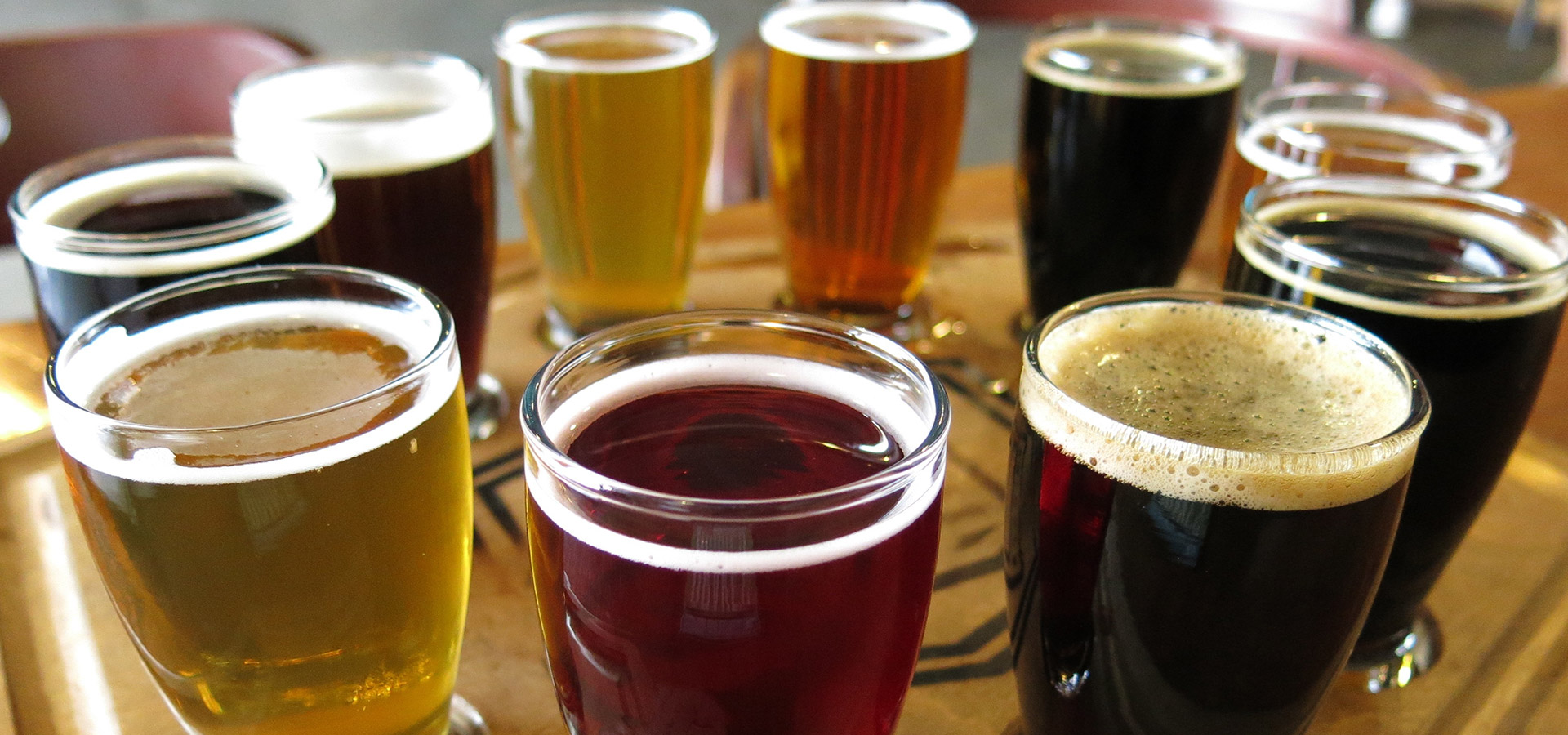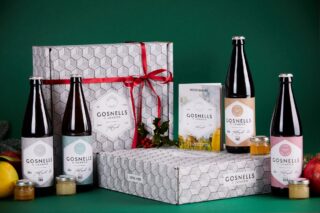GOSNELLS, London’s only meadery, has put its own special stamp on the premium Gift Market with the launch of four Postcode Meads made from honeys from four distinctive postcodes:
London W8; IG10, otherwise known as Epping Forest, inside the M25 in Essex; CM22 – Bishops Stortford; and OX44 at Chalgrove, East of Oxford.
Gosnells new Postcode Gift Box will contain a 50cl bottle of each mead, along with an elegantly penned brochure on the apiaries, plus a taster pot of the honey from which each mead is brewed.
They are available from www.gosnells.co.uk at £39 delivered.
Comments Founder, Tom Gosnell:
“As well as our Vintage meads and elegantly packaged one-offs, we wanted to create something thought-provoking and special. Brewing these four Postcode Meads has demonstrated the awe-inspiring brilliance of the bee, and the differences in flavour between urban and rural honeys. I believe that we have demonstrated both the terroir of each location and the nectars they contain. The flora available, on which the bees have foraged, has created significant nuances in all four meads.”
“I often talk to bees as I work, as this serves to concentrate the mind of the bee evangelist. The greatest risk to all pollinators is the loss of diverse habitat, so our sunflower planting campaign this summer in Peckham was our initial community-focused response, and we will dig deeper in 2022.”
While rural apiaries often gather a springtime honey harvest from agricultural crops with a summer harvest in addition, urban apiaries tend to have only a single summer harvest: But urban apiaries can benefit from a wider variety of nutrients from their parks, municipal plantings, allotments and residential gardens – while rural apiaries exposed to modern monoculture farming can experience extremes of feast and famine – and limited alternative forage. However bees are in steep decline as the variety and accessibility of flowers on which pollinators can forage has decreased with the use of pesticides and herbicides, though hopefully this now may change.
OX44: OXFORDSHIRE SPRING HONEY:
While the Oxfordshire springtime honey comes from the rolling Cotswold farmlands, the Bishop’s Stortford honey comes from a suburban canal-side setting. These different geographical factors are translated into Oxfordshire’s upfront sweetshop flavours, while the Bishop’s Stortford honey is lighter, perfumed and more nuanced. Enlightened Cotswold farmers are taking their land back to more traditional management and this honey is produced in areas rich with flowering native trees and mixed hedgerows. The fields are sown with wildflower strips and careful crop rotation nurtures both the soil and the wildlife, supporting an ever-increasing biodiversity. This honey is the bees’ own elegant fusion
of wild forage – including bramble, elderflower, rosebay willowherb, white clover, lime, chestnut and cherry – and the crops including borage and field beans, which they help to pollinate
CM22: BISHOPS STORTFORD WATERSIDE HONEY:
Situated by South Mill Lock on the River Stort Navigation, this calm, canal-side apiary benefits from rich waterside forage – including wispy willow trees, orchards, hedgerows, private gardens and wildflower meadows. A generation ago, there was a thriving 50-hive apiary site at this location. The apiary was reinstated in 2018 – on a much smaller, sustainable scale – appropriately integrating with the varied, out-of-town biodiversity, including a field of prize cows in the field next door.
LONDON IG10 and LONDON W5
Urban Honeys’ flavours vary according to the flowers in each borough. Whereas farmers rotate their flowering plants in their fields annually, towns and cities don’t. So urban honeys are more consistent. West London’s W5 lime honey has minty, medicinal flavours, whilst sweet chestnut trees taste of toffee and caramel.
The East London IG10 borage and rapeseed honey is mild and sweet, whilst heather adds the most complex flavours of marmalade and cough medicine! During the season, these main sources are likely to be mixed with blackberry, spring honey from early-flowering trees, and spicy ivy in the autumn.
Gosnells’ London honey supplier has apiaries on either side of London in W8 and in IG10 Essex, Surrey and Hertfordshire. About 15 colonies are kept in each apiary, depending on the forage available. A hive may hold grey, yellow/black or brown bees, all working harmoniously to ensure the survival of the colony; perhaps humans could follow their example? Main forage sources in urban areas are lime, blackberry and sweet chestnut, but this 2021 season has seen a drop in honey production of 40-60% due to a cold April and wet May, which restricted foraging and thus colony development. It is a similar story in rural areas, where yields are broadly dependent on what the farmer plants following the gradual destruction of natural habitat for the last seventy years. This needs to change.
Ends
Press release from Gosnells Mead
For further info contact Rupert Ponsonby of R&R Teamwork rupert@randr.co.uk on 020 7384 1333; 07785 733220

